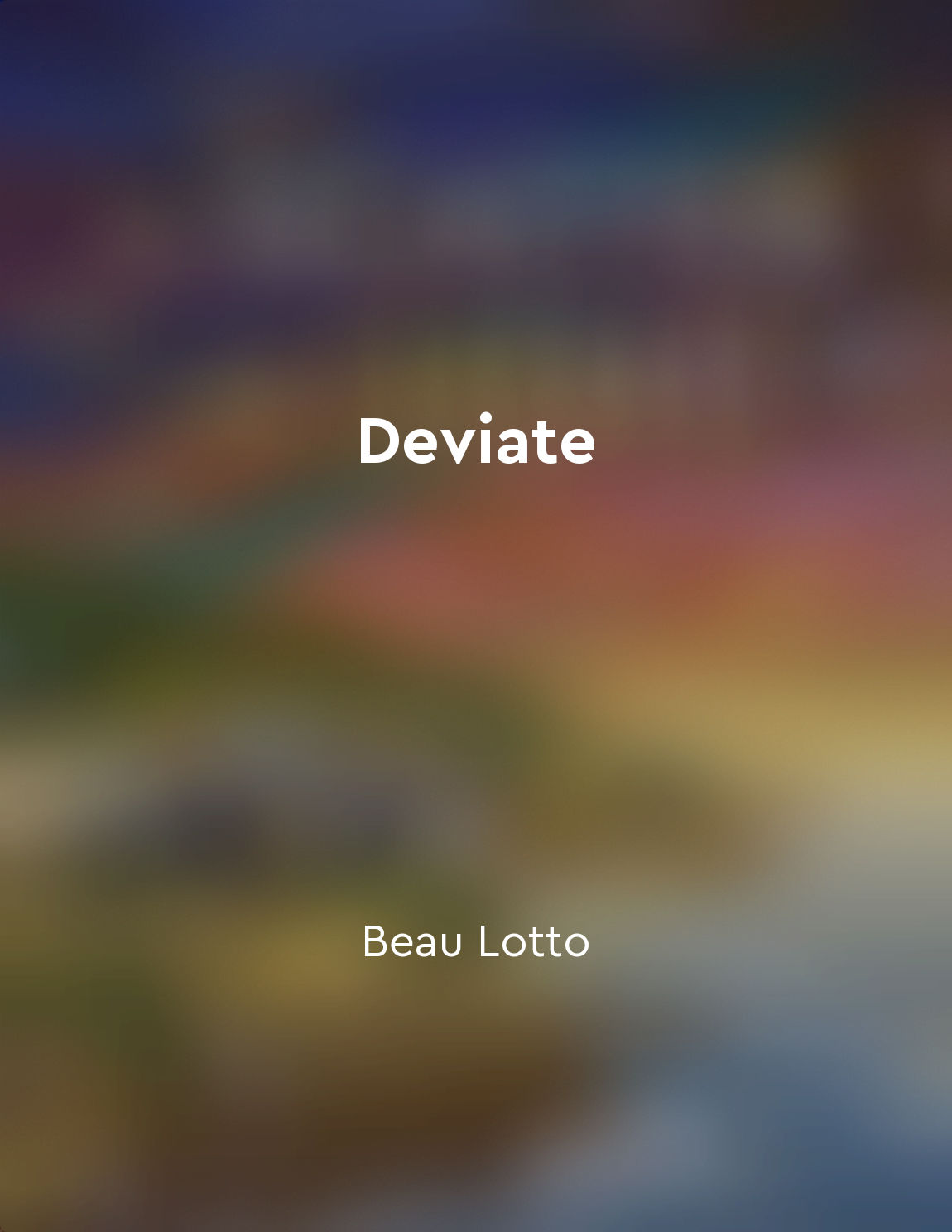Multisensory experiences enhance perception from "summary" of Deviate by Beau Lotto
Our perception of the world is not simply a reflection of the objective reality that exists out there. Instead, it is a construction of our brain, based on the sensory information that it receives. This process is not passive; it is an active, dynamic, and creative one. Our brain constantly integrates and interprets the sensory input it receives, constructing a coherent and meaningful representation of the world around us. One of the key principles that underlies this process is the idea that multisensory experiences enhance perception. When we engage multiple senses simultaneously, such as when we see and hear something at the same time, our brain is able to build a richer and more detailed representation of the stimulus. This is because different senses provide complementary information about the world, and when they are combined, they create a more robust and accurate perception. For example, when we taste food, our perception of its flavor is not just based on our sense of taste. It is also influenced by our sense of smell, touch, and even sight. All of these senses work together to create our overall experience of the food. This is why food can taste different when we are in a different environment or when our sense of smell is compromised. By engaging multiple senses, we can create a more holistic and accurate perception of the world around us. Moreover, multisensory experiences can also help us to perceive things that we might otherwise miss. For example, when we watch a movie in 3D, the combination of visual depth cues and auditory cues can create a more immersive and realistic experience. This can allow us to perceive details and nuances in the movie that we might not have noticed otherwise. By engaging multiple senses, we can expand our perceptual horizons and gain a deeper understanding of the world.- Multisensory experiences play a critical role in shaping our perception of the world. By engaging multiple senses simultaneously, we can create a more detailed, accurate, and immersive experience of the world around us. This can help us to perceive things more clearly, to notice details that we might otherwise miss, and to gain a deeper understanding of the world. Ultimately, by embracing multisensory experiences, we can enrich our perception and enhance our experience of the world.


